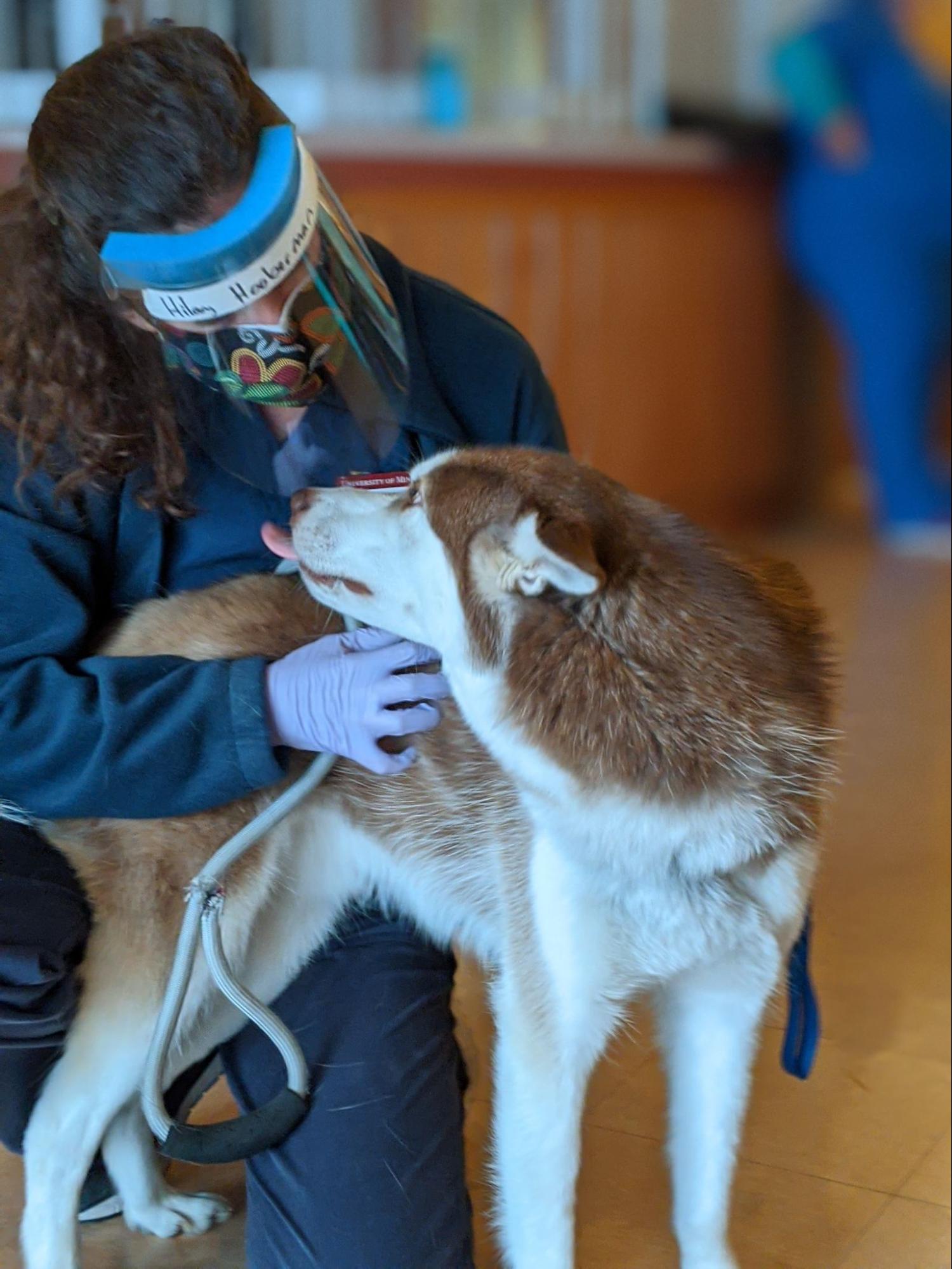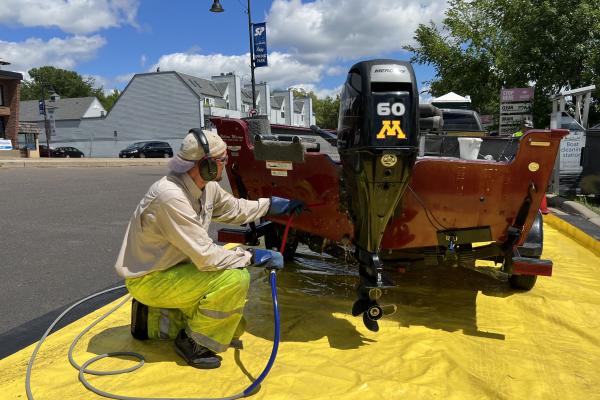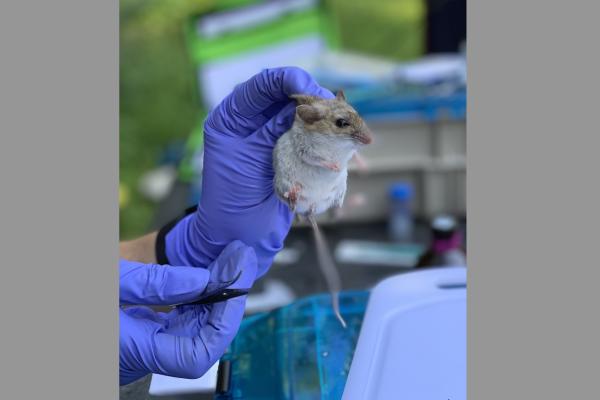Research roundup: Noninvasive, quantitative CT analysis could provide alternative to biopsy for diagnosing liver cancer in dogs
October 26, 2021

Editor's note: Radiomics is a relatively new method of extracting potentially unseen data from medical imaging techniques. In this method, machine-learning algorithms assess diagnostic images from tools such as CT and arrive at features that might add up to, say, a specific tumor. Put another way, radiomics is a quantitative description of a particular image that spells a noninvasive diagnostic and treatment strategy.
It appears no field—least of all medicine—is spared from the increasing need to digitize and analyze greater and greater amounts of data, and radiomics is one of the new, sophisticated tools that allows medical professionals to do so. Though radiomics has shown good promise in diagnosing human masses, little has been published on radiomics-related studies of canine lung and liver tumors. Last week we highlighted how radiomics can benefit lung cancer diagnosis and treatment; this week, a glimpse into another study indicating the method holds promise for animal health, much as it appears to for humans.
Quantitative CT scan analysis has a good shot at determining whether a dog’s liver mass is benign or cancerous, according to new research from University of Minnesota veterinary scientists. Like similar studies in humans, the findings suggest a plausible noninvasive alternative to liver biopsy, the current canine gold standard method that often requires anesthesia and has a risk of complications.
The analyses make use of radiomics, an emerging method that uses data-characterization algorithms to extract features from medical imaging like CT. This is believed to be the first such liver-mass study in dogs.
The research, a retrospective study led by oncologist Jessica Lawrence, DVM, DACVIM (Onc), DACVR (Rad Onc), DECVDI (add on Rad Onc), in the Department of Veterinary Clinical Sciences, looked at anonymized CT data from 40 dogs with liver tumors who had visited the College’s Veterinary Medical Center between 2014 and 2016. The team, including Rami Shaker, MS, Christopher Ober, DVM DACVR, and Christopher Wilke, PhD, MD, used pre- and postcontrast CT data to construct quadratic models to arrive at a picture of whether a tumor’s cellular structure was heterogeneous or homogeneous, the former indicating a greater likelihood of malignancy.
RELATED: Research roundup: Radiomics offers new ways of looking at tumors to guide clinicians treating lung cancer
Of the different modeling methods, the researchers found, one measuring tumor volume and uniformity in postcontrast imaging outperformed all other models with a relatively high degree of accuracy. The higher a tumor’s volume and the lower its uniformity, the more likely it was to be malignant—a measure of heterogeneity that generally agreed with the actual biopsied results.
The research was published in August in the journal Veterinary Radiology and Ultrasound. The scientists hope this and future such studies can help to generate inexpensive, semiautomated CT workflows that over time learn from vast amounts of data—creating machine learning that improves both diagnosis and clinical treatment decisions for dogs with liver masses.
The findings are important for a number of reasons, not least because treatment recommendations differ depending on whether a dog’s lesion is benign or malignant. Future studies, the researchers say, should focus on whether results translate to human hepatic tumors, as imaging protocols can be designed to parallel each other given the use of identical equipment and software technology across species.


